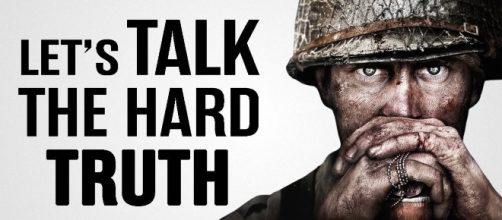If you take a moment to think about the best video games out there right now, it may be a very fuzzy picture.
Did you ever expect "Player Unkown's Battlegrounds" a $30 budget game to rise to the top of the Steam charts? Live to see "Minecraft" an indie game about building stuff become one of the greatest success stories of all time, and are you shocked to hear that the beloved "Bayonetta" didn't sell well, despite it being a fan favorite?
The truth of the matter is that there are no guarantees in this industry, any game can outperform one another, and you could forget about the price tag slapped on any of them.
Millions of people are out there playing all manner of video games in every corner of the world. What is the archetype, the common ground among video games? There is none, they all come in different shapes and sizes. But it wasn't always like this. The last five years have seen huge shifts in this industry. It's not just about the triple-A game anymore. The good, the bad, the great, and terrible, everything is flooding in, and the number of games available only grows every year, how many of those are triple-A games?
Gaming Development is a race to the finish line
The $60 game doesn't come out that often, in fact, we are often found waiting for them, while hundreds of other games try to cross the finish line so they can be sold to as many consumers as possible.
The release of a highly anticipated triple-A game can already be considered an event on its own, but what happens when those games don't hold up to the competition? In an era of cheap, free-to-play, and mobile games, the pressure to keep costs low is real. Afterall, no company wants to spend $50 million on a game like "L.A. Noire" and then go bankrupt. "L.A. Noire" was actually one of my favorite games of all time yet is symptomatic of a great irony in the video game market, the cult classic video game. Like many other games of its kind such as "Spec Ops: The Line" and pretty much any yesteryear platformer akin to a game like '"Yooka-Laylee," these games have the worst fate. These are amazing games that sold poorly, and it's not just because these games are niche either, there is a subtle reason behind this, forcing game makers to tread very lightly when considering that $60 price tag.
Gemstones in the rough
When "Hellblade Senuas Sacrifice" came out this year, people started to notice that the so-called Double-A game was possible. This low-cost miniature version of a triple-A game was a fantastic idea, it offered all the trimmings of a $60 experience, with the high-fidelity graphics, the Hollywood style animation, stellar voice acting, and a unique theme backed up by tight and fluid gameplay. It looked and played like a high-profile triple-A game, but it was $30. "Hellblade" was the result of an adjustment being made by a smart and perceptive video game publisher, with the work of a very talented development team, but its creation was to serve a greater cause.
The influx of the free to play and the indie scene has put a lot of pressure on the traditional Triple-A game and its dominance at that $60 price point
Final Thoughts
The greatest paradox is the fact that these niche games are the ones that drive the industry forward. We see more innovation with these smaller game companies than we do with the established industry giants. Yet it's in this space where companies and studios can go bankrupt and shutdown with one failed title release. How many games like "Player's Unkown Battlegrounds" and "Hellblade Senuas Sacrifice" do we really get? Are we, the consumers to blame for shunning innovation by focusing more on full priced releases, therefore giving more reason for industry giants to keep cranking out another "Call of Duty" year after year? As consumers, we influence to shape the future of the gaming market, and it's worth it to check titles who dare to break the mold.


